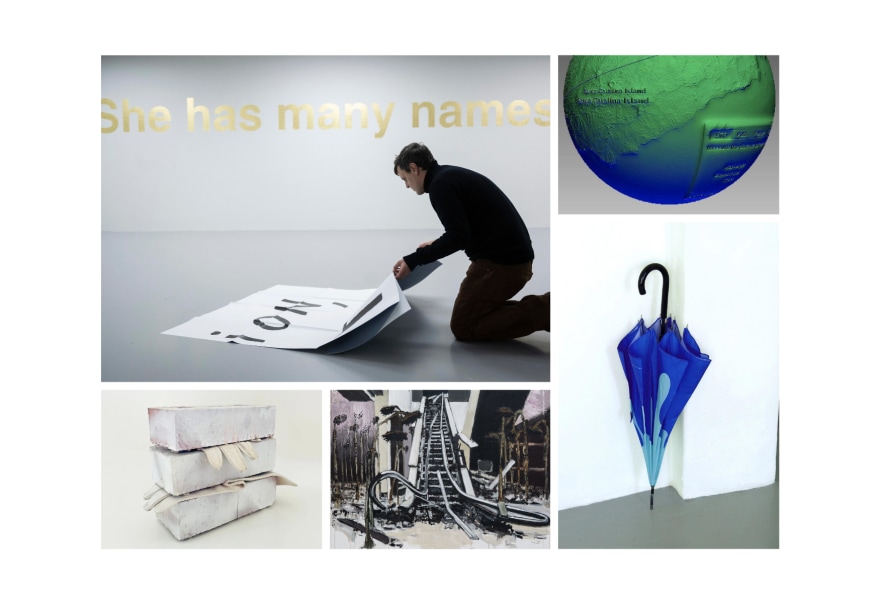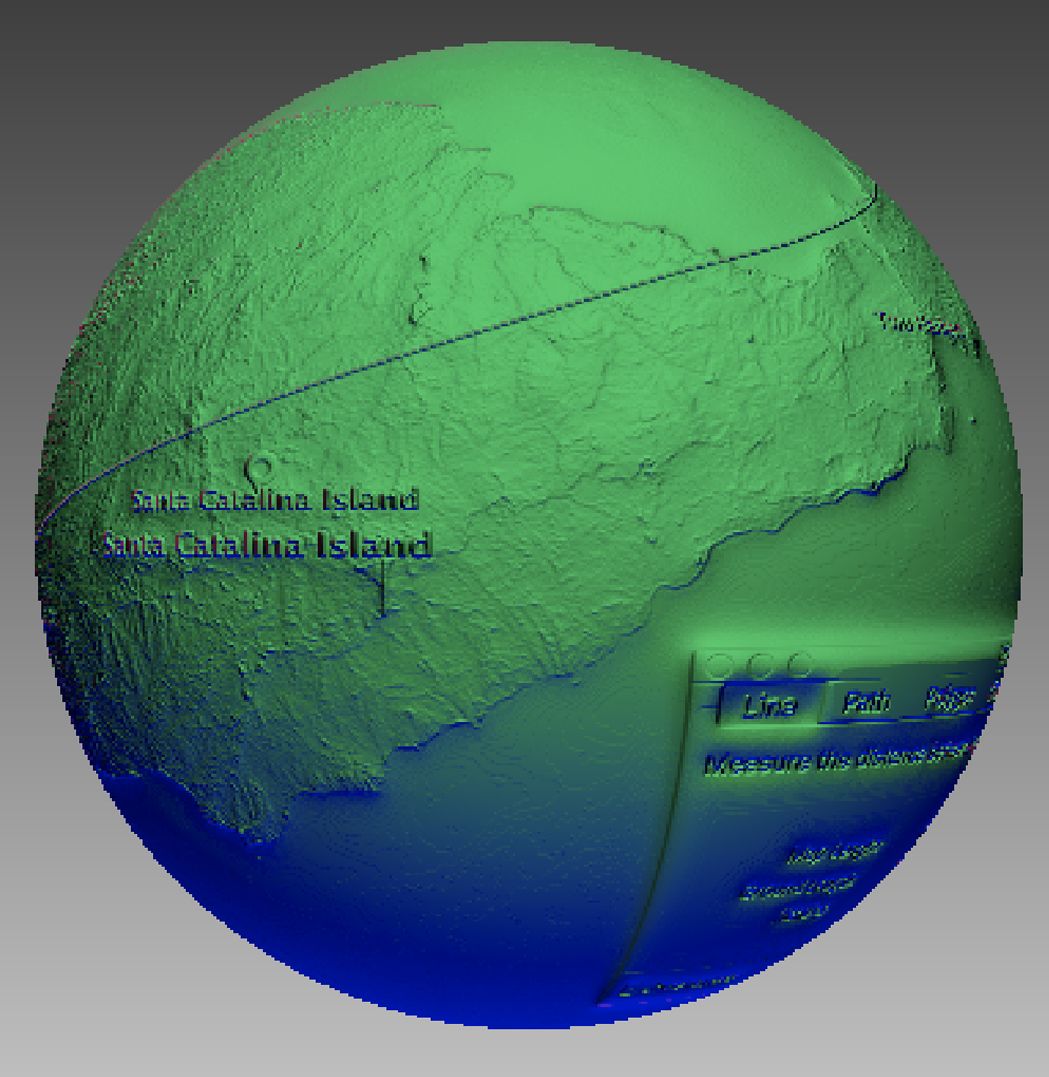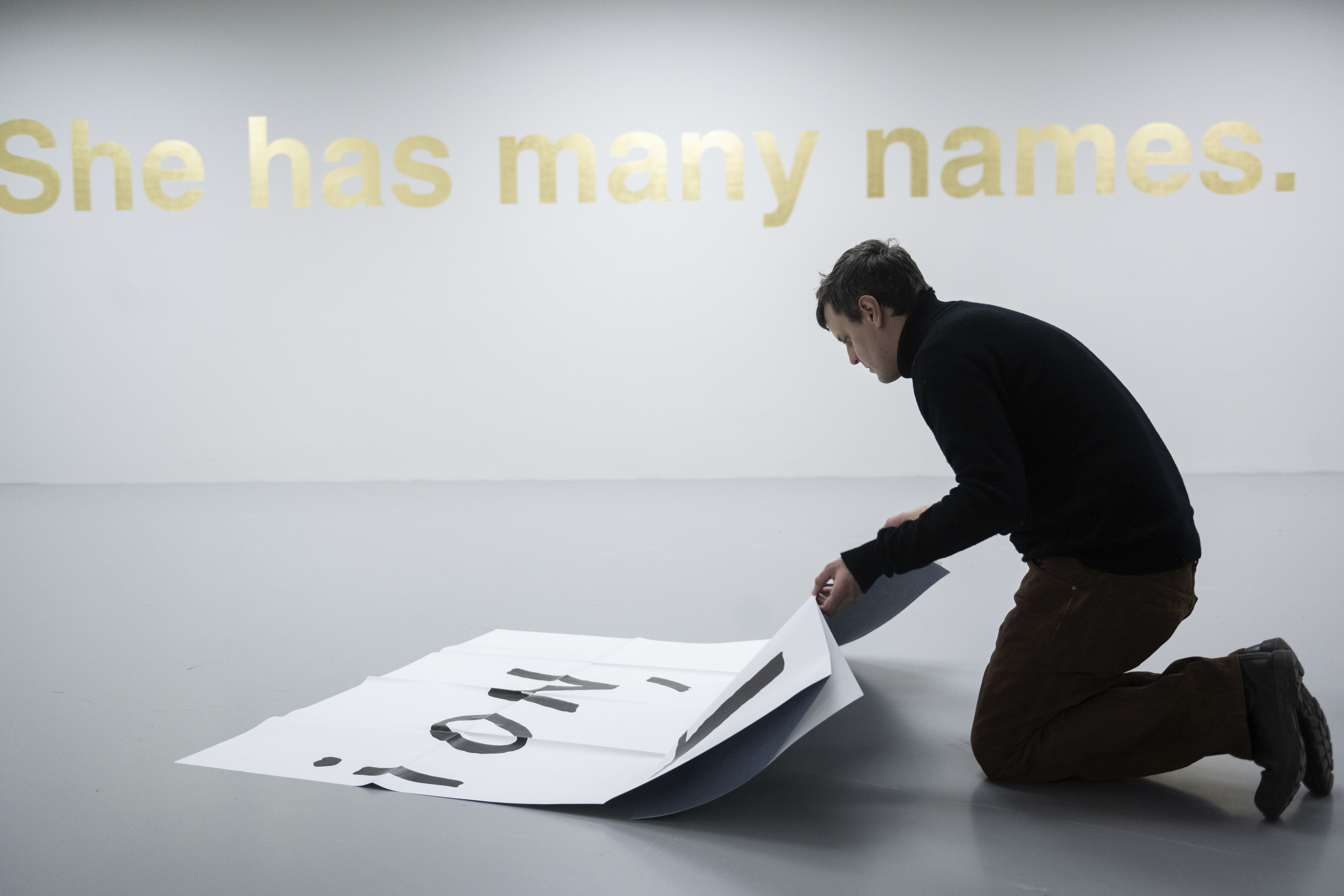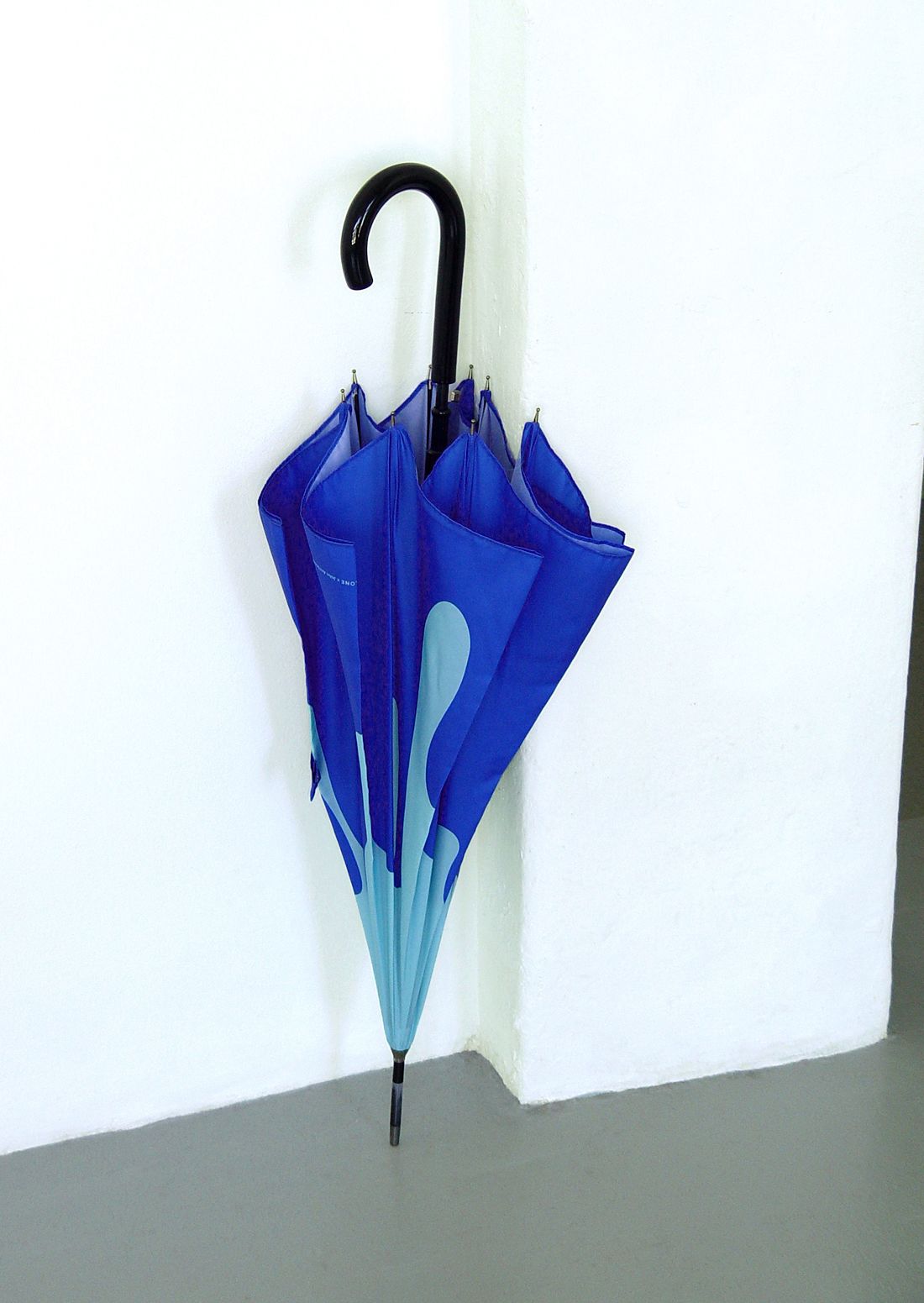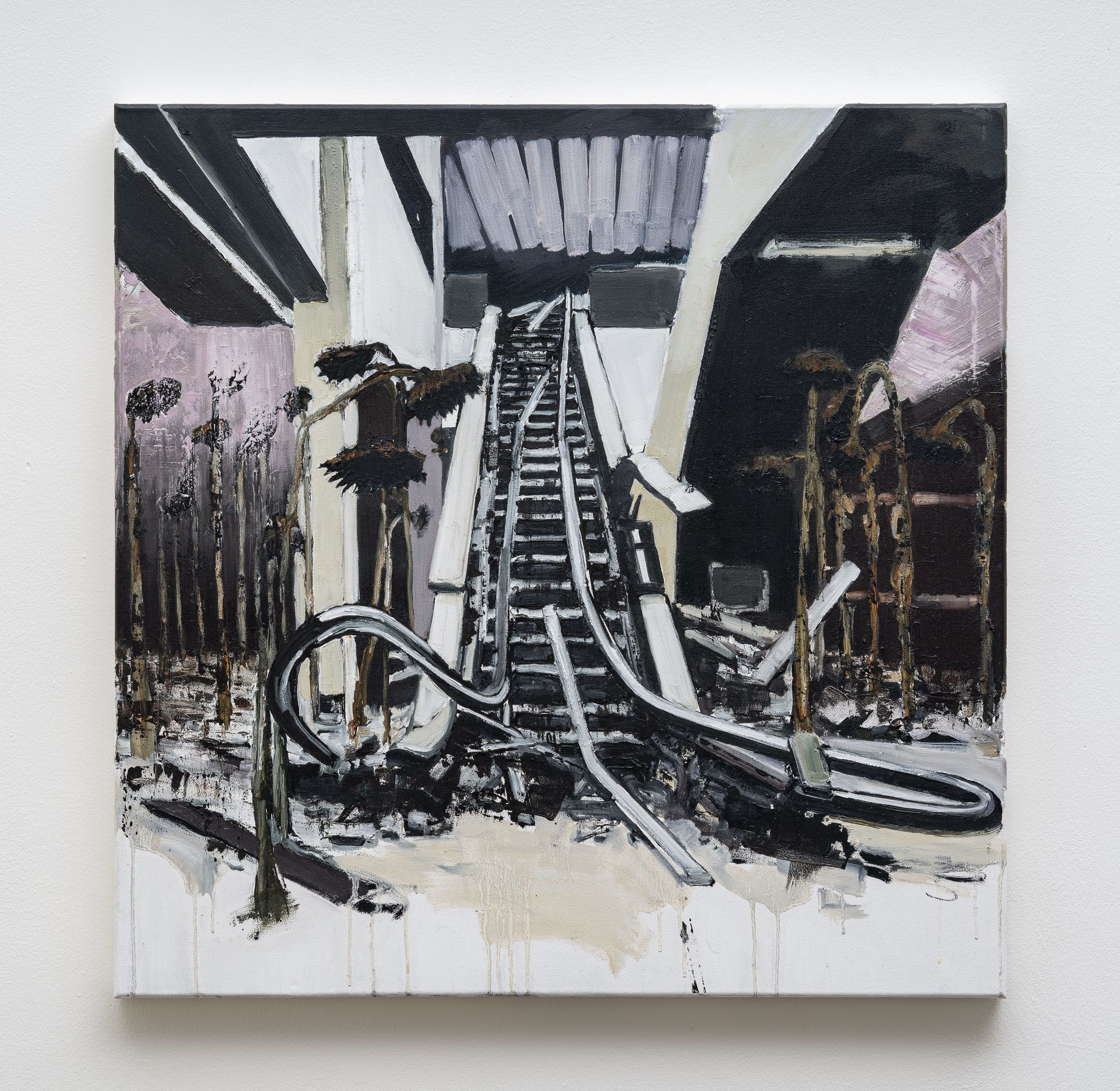05 september 2023, Flor Linckens
5 remarkable works during the Opening of the Gallery Season
On Friday 8 and Saturday 9 September, GalleryViewer and Amsterdam Art invite you to the opening of the new Gallery Season. During this festive weekend, Amsterdam-based galleries will open their doors to the public with their first exhibition of the season. Once again, you can familiarize yourself with the help of an online catalogue, a map, and guided tours. The tours are organised by Amsterdam Art and will start in the galleries this year. The online catalogue, which includes all the exhibited artworks, will go live on GalleryViewer on Saturday 2 September. The participating galleries have extended opening hours and will be open on Friday evening 8 September from 5 PM to 9 PM and on Saturday 9 September from 12 PM to 6 PM.
Below, we highlight a number of notable works that will be on display during this opening weekend.
Simone Hoàng in Galerie Fontana
In her practice, Simone Hoàng investigates the technical aspects of photography, often discovering political and social implications. In her latest series, she rethinks the traditional use of chroma key blue and green, also known as greenscreen or bluescreen. This technique is used in the film and television world to isolate and replace specific colours in the image (for example by CGI) without affecting the other colours. The reason green and blue are used the most is that these colours are the least common in skin tones, so there is less chance of interfering with the actors on screen. Hoàng takes a closer look at the idea of 'background' and technology in this series. She investigates how someone can have a personal relationship with backgrounds, for example the background photo on your phone, while at the same time creating a certain dissociation with the subject.
Juliette de Graaf in Josilda da Conceição Gallery
Suffragette white is a colour that has been used as a protest colour for over 100 years — American politician Alexandria Ocasio-Cortez wore the colour for a reason when she was sworn in in 2019. During the first wave of feminism, which took place in the West during the 19th and early 20th century, the colour was chosen as a statement in the fight for women's suffrage. They chose white (in combination with purple) because white fabric was relatively affordable and thus contributed to inclusion. Still, it's important to note that the first wave was very white in more than one way: the contributions of women of colour were often marginalized and overlooked. In her work, Dutch artist Juliette de Graaf investigates collective memory, and how these memories are constantly subject to change — just think of the ways in which women are now slowly being written back into art history. De Graaf has a background as an art historian and her use of materials is often symbolic.
Dora García in Ellen de Bruijne PROJECTS
Ellen de Bruijne PROJECTS presents a new solo exhibition by Dora García. The work of the multidisciplinary Spanish artist is based on extensive documentary research and examines, among other things, the history of the irrational and the subconscious. "Revolution, fulfill your promise!" is a project that focuses on the legacy of Alexandra Kollontai (1872-1952), an activist and Marxist author of the early 20th century. García takes a closer look at Kollontai's ideas and their influence on contemporary feminism.
John M Armleder in Galerie van Gelder
Swiss performance artist, painter and sculptor John M Armleder is known for his eclectic and playful works that fuse art and design. In his practice, which is connected to the Fluxus movement, he also uses found objects to emphasise chance and randomness, while at the same time asking questions about the value of art and the distinction between art and everyday objects. Lately, he has been pushing the boundaries by creating his own designs for editions for Wallpapers by Artists, Puma and, in the case of this umbrella, for We Do Not Work Alone.
Jarik Jongman in GoMulan Gallery
Dutch artist Jarik Jongman paints post-apocalyptic buildings that seem to have been completely taken over by nature. These works of art evoke a certain unease as well as a sense of consolation, with the idea that nature will continue to exist long after the last humans have disappeared. After his studies, Jongman worked as an assistant to Anselm Kiefer for a while and he showed his work internationally, including during collateral events at the Venice Biennale.
